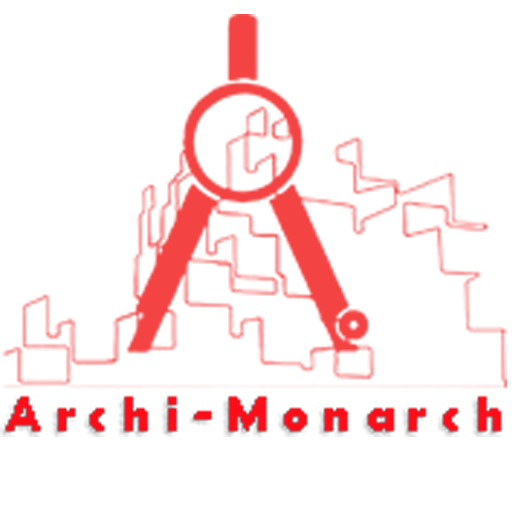In architecture, a partitions is a wall or other division that separates spaces within a building. Partitions can be permanent, such as walls, or temporary, such as portable screens or dividers. They can be used to create separate rooms or areas within a larger space, or to provide privacy or division between different functions.
Partitions can be made of a variety of materials, including wood, drywall, glass, and metal. They can be structural, providing support for the building, or non-structural, serving only to divide space.
In interior design, partitions are often used to define and organize space within a room or to create separate areas for different activities or functions.
If you want to know about the kitchen detail or toilet detail or water tank detail, please click the link.
Image of partitions detail and downloadable (in DWG) link below

Partitions detail drawing – 3
A partitions detail drawing is a technical drawing that shows the details of a partitions, including its construction, materials, and dimensions.
The drawing may include cross-sectional views, elevations, and plans, as well as specific details such as fastening methods, finishes, and any special features or requirements.
Partitions detail drawings are typically used by architects, engineers, and contractors to communicate the design and construction of partitions to clients and to the construction team.
They are an important part of the overall building design and construction process, as they provide specific information about how the partitions should be built and installed.
Here are a few more things you might want to consider when creating partitions detail drawings:
- Type of partition: Different types of partitions serve different purposes, and the type of partition you choose will affect the design and construction of the partition. For example, a solid partition provides more privacy and sound insulation than a partially glazed partition.
- Materials: The materials used for the partitions will affect its appearance, performance, and cost. Consider the durability, finish, and maintenance requirements of different materials when choosing what to use.
- Dimensions: It’s important to accurately measure and record the dimensions of the partition, including its height, width, and thickness.
- Fastening methods: The way the partition is attached to the surrounding structure will affect its stability and performance. Make sure to include details on how the partition will be fastened in the drawing.
- Finishes: The finish of the partition can significantly affect its appearance and durability. Include details on any finish treatments that will be applied to the partition, such as paint or wallpaper.
- Special features: If the partition has any special features or requirements, such as built-in storage or a door, make sure to include these in the drawing.
Our tips to help you improve your architectural partition detailing.
